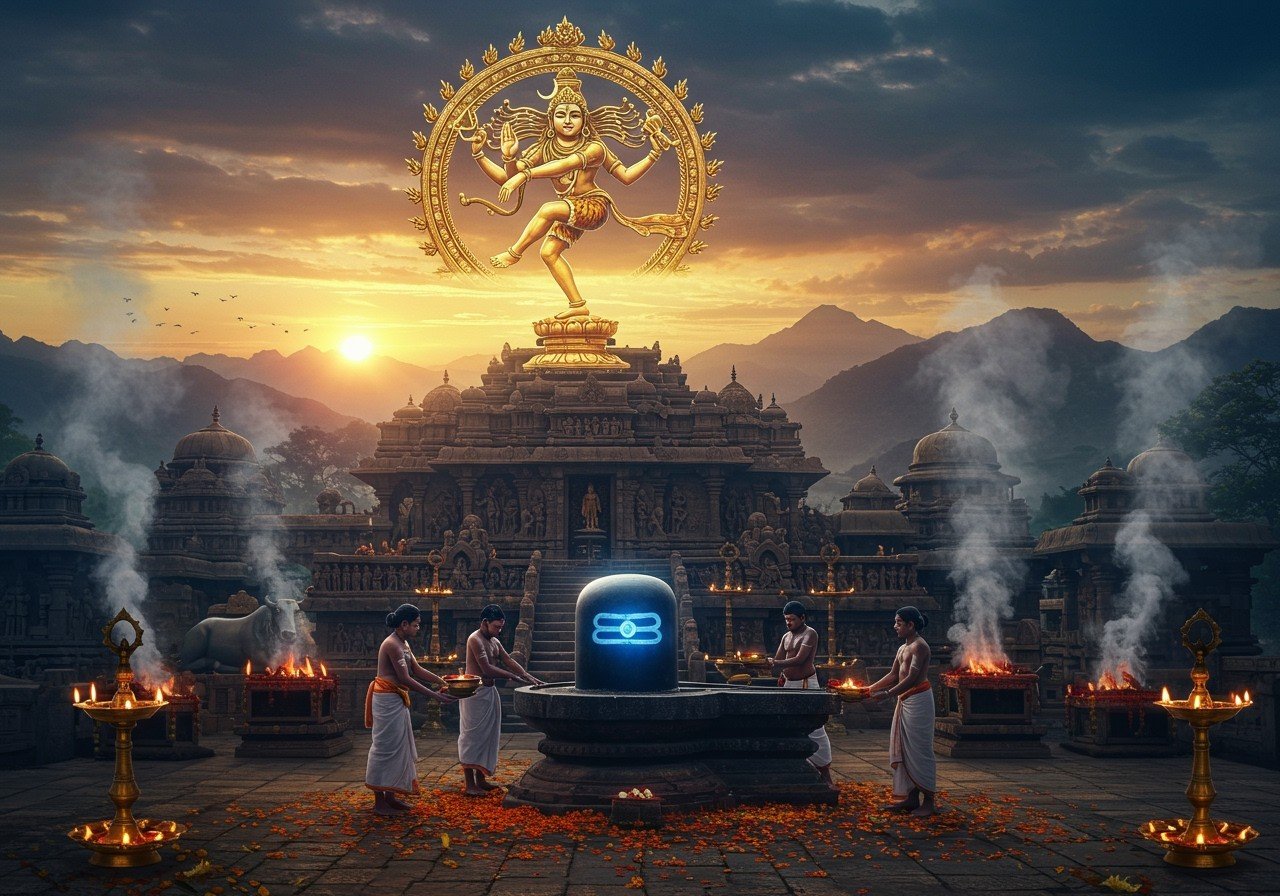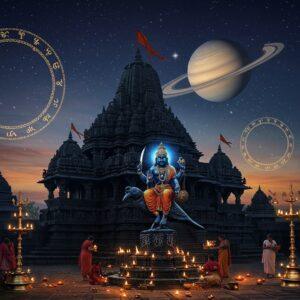
Shiva temples, integral to Hindu culture and spirituality, hold a special place in the hearts of devotees. Lord Shiva, revered as “The Destroyer” within the Holy Trinity, embodies transformative power. These sacred spaces offer a profound connection to the divine, allowing us to seek blessings and purify our souls. The authenticity of these temples is paramount, preserving their spiritual essence and connecting us to ancient traditions. Let’s embark on a journey to understand the significance and richness of these divine abodes.
Beyond the Lingam: Diverse Representations of Shiva
While the Shiva Lingam is the most common representation of Lord Shiva, some temples deviate from this tradition due to historical or regional customs. These temples may focus on other powerful symbols like the Nataraja, the dynamic dancing form of Shiva, or Ardhanarishvara, the embodiment of Shiva and Parvati as one. These alternative representations carry deep spiritual meaning, reflecting the adaptability and diverse expressions of Shiva worship across different regions. Each form offers a unique lens through which to understand and connect with the divine.
The Tortoise Symbolism: Stability and Endurance
The presence of tortoises in Hindu temples, including those dedicated to Shiva, is laden with symbolism. Often associated with Lord Vishnu’s Kurma avatar, the tortoise embodies stability, support, and the very foundation of cosmic balance. Within Shiva temples, the tortoise serves as a reminder of the unwavering support that Shiva provides to the universe. It also signifies the importance of patience and endurance in our spiritual journeys.
Rituals and Mantras: Connecting with the Divine
Shiva temples resonate with the energy of sacred rituals and mantras. Abhishekam, the ritual bath, and archana, the offering of flowers, are common practices that invoke blessings and purification. The potent mantra “Om Namah Shivaya” vibrates through the air, connecting devotees with Shiva’s transformative energy during prayer and meditation. Sacred items like bilva leaves and rudraksha beads further enhance the spiritual significance of these rituals.
At poojn.in, you can find authentic Shiva Lingams and other puja items for your home shrine. We understand the importance of maintaining authenticity in your personal worship.
Preserving Authenticity: Safeguarding Sacred Spaces
In today’s rapidly changing world, preserving the authenticity of Shiva temples is crucial. Urbanization and commercialization present challenges to these sacred spaces. Dedicated communities and organizations actively work to protect and restore ancient temples, ensuring their spiritual and cultural heritage remains intact. Technology and online platforms play a vital role in raising awareness and educating people about the importance of these historical treasures.
Cultural Hubs: Festivals, Music, and Community
Shiva temples serve as vibrant cultural centers, hosting festivals, music, and dance performances that enrich community life. These events not only celebrate religious traditions but also preserve local art forms and foster a sense of unity. Temple tourism plays a significant role in supporting local economies and contributing to the preservation of these cultural landmarks.
Visiting Shiva Temples: A 2025 Guide
What to Expect
- Spiritual Significance: More than sightseeing, visiting a Shiva temple is a deeply spiritual experience, forging a connection with Lord Shiva. It’s an opportunity for introspection, seeking blessings, and purifying the soul.
- Cultural and Historical Experience: Shiva temples are repositories of history and culture, offering glimpses into ancient Indian traditions and architectural marvels. They provide insights into the rich tapestry of India’s spiritual heritage.
- Architectural Marvels: Many Shiva temples stand as testaments to architectural brilliance, featuring intricate carvings and stunning designs often nestled in breathtaking locations. These structures inspire awe and reverence.
Before Your Visit
- Finding a Temple: Utilize online maps and temple websites to locate Shiva temples near you or in areas you plan to visit. Consider exploring lesser-known temples for a more intimate and peaceful experience.
- Check Temple Timings: Confirm the temple’s opening and closing times beforehand, especially during festivals or special occasions when schedules might vary. This ensures a smooth and respectful visit.
- Dress Modestly: Dress respectfully when visiting a Shiva temple, opting for modest attire that covers your shoulders and knees. Traditional clothing is often appreciated as a sign of reverence.
- Offerings: Bring simple offerings such as flowers, fruits, or incense as a gesture of devotion. You can find authentic puja items online at stores like poojn.in, which ensures the quality and purity of the items.
- Respect Local Traditions: Familiarize yourself with the specific rituals and customs of the temple you plan to visit. This demonstrates respect for local traditions and enhances your spiritual experience.
During Your Visit
- Entering the Temple: As you approach the temple entrance, take the name of Lord Shiva with folded hands, setting a reverent tone for your visit. This simple act helps center your mind and prepare for the spiritual experience ahead.
- Idols: Refrain from placing coins or flowers directly on the idols unless specifically permitted. Follow the temple’s guidelines for offerings to maintain the sanctity of the space.
- Offerings: Offer what you can to the deity with a sincere heart, focusing on the devotion rather than the material value of the offering. Simple gestures of reverence are deeply meaningful.
- Dakshina: In less crowded situations, consider offering dakshina (a monetary offering) to the priests as a token of gratitude for their services and to support the temple’s upkeep.
- Prashad: Offer prashad (food offering) to the main deity as Neivedhya, which is later distributed among devotees as a blessed offering. Avoid purchasing anything sold as prashad within the temple premises to ensure its authenticity and purity. Poojn.in offers a wide variety of authentic prasad items that you can offer at the temple or use in your home shrine.
- Photography: Always ask for permission before taking photographs or videos inside the temple to respect the sacredness of the space and avoid any disruptions during prayers.
- Maintain Silence: Maintain a quiet and respectful atmosphere within the temple, avoiding loud conversations or disturbances. This allows for peaceful contemplation and prayer for everyone present.
- Hygiene: Wash your hands and feet before entering the main shrine as a mark of respect and cleanliness. Many temples provide facilities for this purpose near the entrance.
Specific Practices in South Indian Temples
- Begin your darshan (viewing of the deity) with Lord Ganapati, followed by seeking permission from Nandi, Shiva’s divine bull, before entering the main shrine to see Devi and then Lord Shiva. Remember to thank Nandi for granting you darshan as you depart.
- Perform namaskaram (salutations) near the kodimaram (flagpole) rather than near the garbha gruha (sanctum sanctorum) to avoid obstructing the flow of worship.
- Avoid standing or crossing between the Shiva lingam or between Amba (Parvati) and Nandeeshwar (Nandi) to maintain the sanctity of the deities’ alignment.
- Refrain from whispering into Nandi’s ears, as it is considered an ignorant practice. Instead, offer your prayers silently or with folded hands as a mark of respect.
Temples to Visit
- The 12 Jyotirlingas: These are among the most revered Shiva shrines in India, each holding unique significance. They include Somnath, Mallikarjuna, Mahakaleshwar, Omkareshwar, Kedarnath, Baidyanath, Kashi Vishwanath, Trimbakeshwar, Grishneshwar, Vaidyanath, Bhimashankar, and Rameshwaram. Learn more about some of these Jyotirlingas here.
- Kashi Vishwanath Temple (Varanasi): This temple is renowned for its vibrant and elaborate Mahashivratri celebrations, a spiritual highlight for devotees.
- Mahakaleshwar Jyotirlinga (Ujjain): Witness the unique and mystical Bhasm Aarti performed in the early hours of the morning, a powerful ritual offering. Explore other rituals and their significance here.
- Trimbakeshwar Jyotirlinga (Triambak, Maharashtra): This temple houses a rare three-faced idol representing the Trimurti – Brahma, Vishnu, and Shiva – a unique iconographic representation.
- Other Notable Temples: Murudeshwar Temple, Brihadeeswara Temple, Lord Bhimeswara Swamy Temple, and Thillai Nataraja Temple offer distinct cultural and architectural experiences, each with its own rich history and traditions.Discover more about the significance of Hindu temples and their architecture.
- Kashmir Temples: The Avanti Shovra temple (Avantishwara) stands as a testament to the region’s rich spiritual heritage and architectural legacy.
Poojn.in: Your Companion for Authentic Shiva Worship
Poojn.in simplifies authentic Shiva worship, whether at temples or your home shrine. We offer genuine puja items, carefully curated to meet traditional standards. Our copper snake for Shiva lingam, crafted from pure copper, enhances the sanctity of your worship space, especially when performing abhishekam. Explore our collection of traditional copper and bell metal items, authentic rudraksha malas, natural bilva leaves, pure ghee, organic kumkum, and vibhuti.
Our offerings come with clear usage instructions in multiple languages, ensuring accessibility for all. We are here to assist you in selecting the right items based on specific temple customs and your personal preferences. For bulk orders or any queries, reach out to us via phone at 03369029784 or WhatsApp at 9476142738. Visit poojn.in to discover our complete range of authentic Shiva puja items.
Embracing the Divine Connection
Visiting Shiva temples transcends mere travel; it’s a transformative journey that nourishes the soul. These sacred sites weave together spiritual, cultural, and architectural wonders, inviting us to delve deeper into our heritage. As you plan your visits, approach these spaces with reverence, curiosity, and an open heart. Embrace the divine connection with Lord Shiva, allowing the experience to uplift and inspire. Whether you stand before a majestic Jyotirlinga or explore a hidden gem, each visit is an opportunity for growth and reflection. May your journeys to these holy places bring peace, wisdom, and a profound appreciation for the timeless traditions that enrich our lives.


